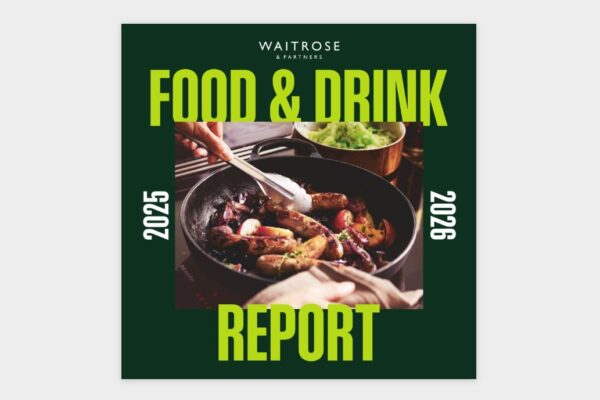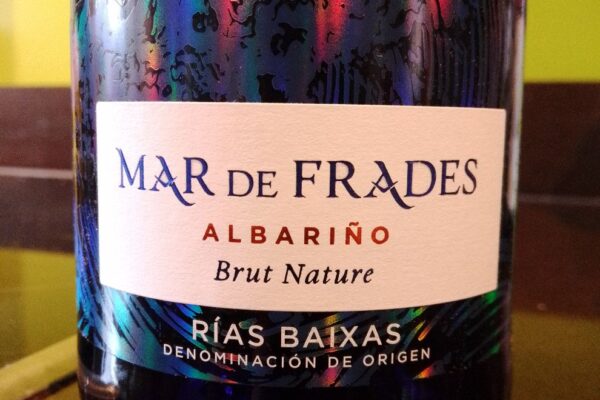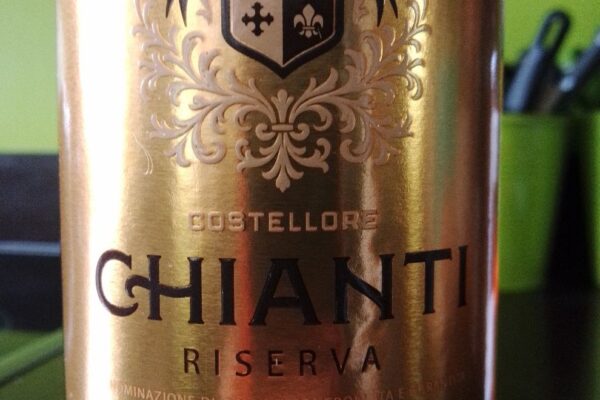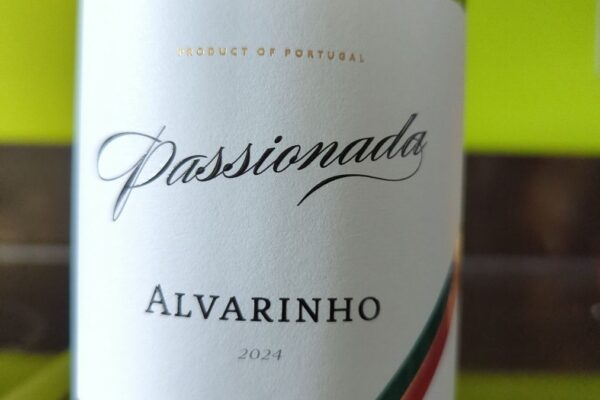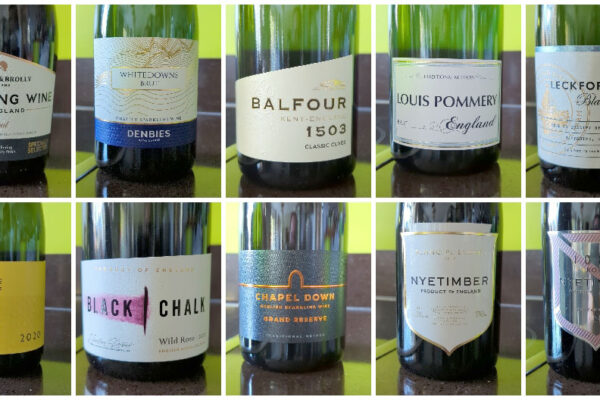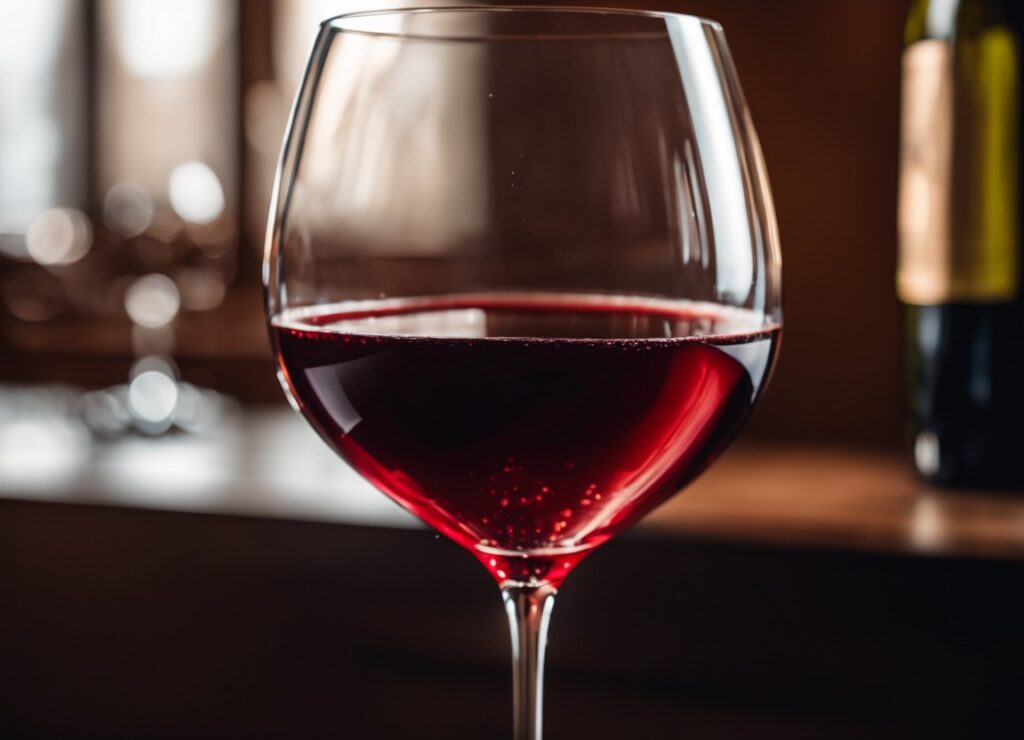
A new study Factors influencing wine ratings in an online wine community: The case of Trentino–Alto Adige (PDF) by Giulia Gastaldello, Isabel Schäufele-Elbers, and Günter Schamel explores the dynamics behind consumer ratings of wine on Vivino, a leading online wine community.
It examines how various factors, including wine attributes like geographical indications, brand, and a community effect based on the popularity among users, influence these ratings across different price points. The research employs regression models and a hedonic quantile regression on price to analyse data from Vivino concerning wines from the Trentino–Alto Adige region in Italy.
The study reveals a small yet significant community effect where wines that are more popular among Vivino users, indicated by the number of ratings, tend to receive higher quality perceptions. This effect is notable for wines priced up to €26 per bottle, diminishing in impact for higher-priced wines. The research also highlights that consumers do not necessarily perceive wines with Protected Designation of Origin (PDO) labels as higher quality than those with Protected Geographical Indication (PGI) labels in their ratings, although PDO wines command a price premium in the market up to a certain price point. The analysis of vintage effects shows a preference for newer vintages in consumer ratings, especially for wines below €26, which contrasts with the market where older vintages typically command higher prices.
The research contributes to a better understanding of how various factors affect consumer evaluations of wine and their market value, offering insights into consumer preferences and the impact of community ratings on wine appreciation. This analysis is particularly relevant in a market where peer ratings are becoming increasingly influential, challenging the traditional dominance of expert opinions.






